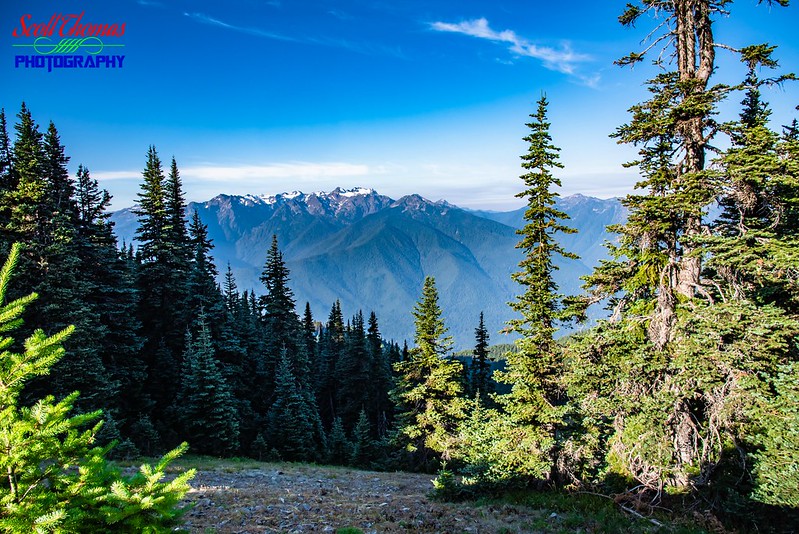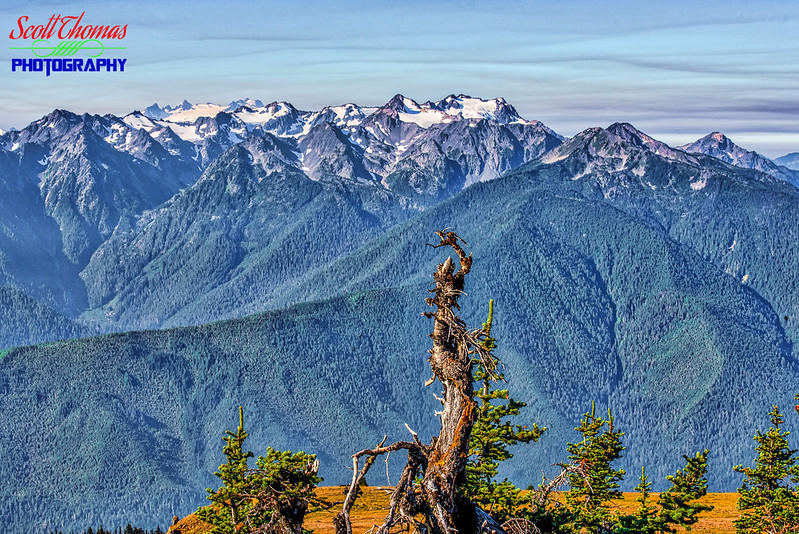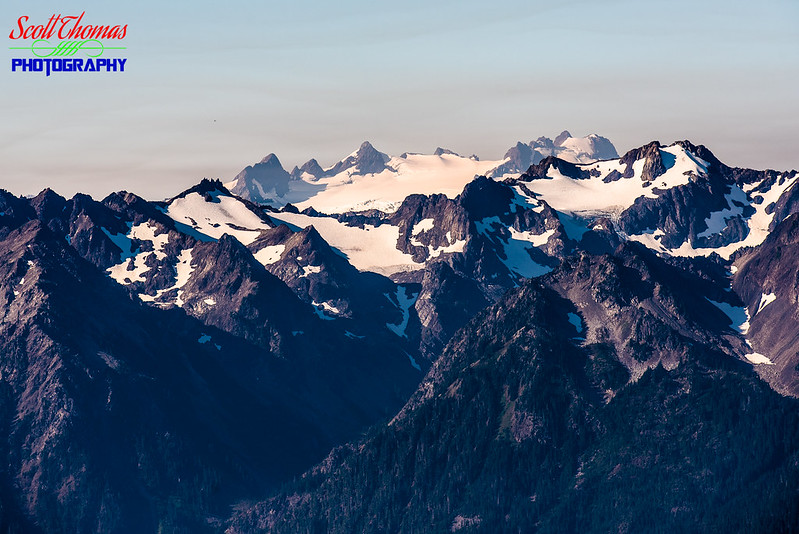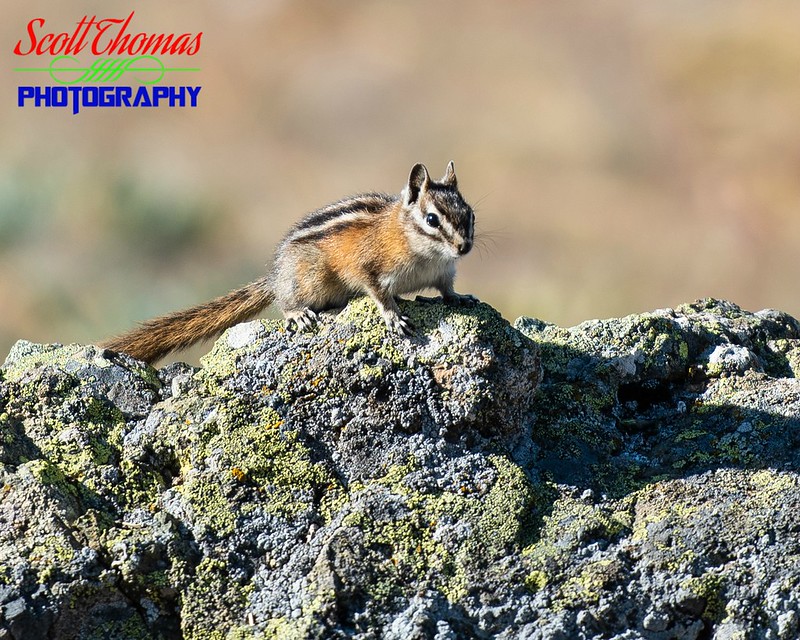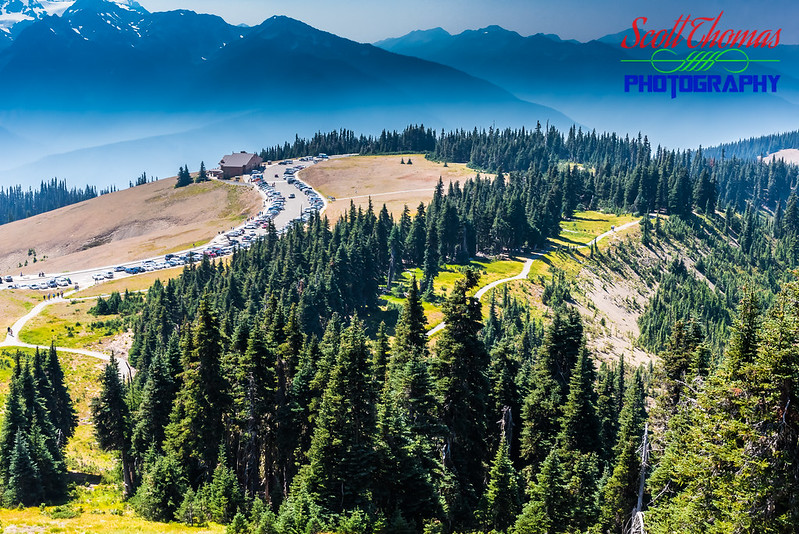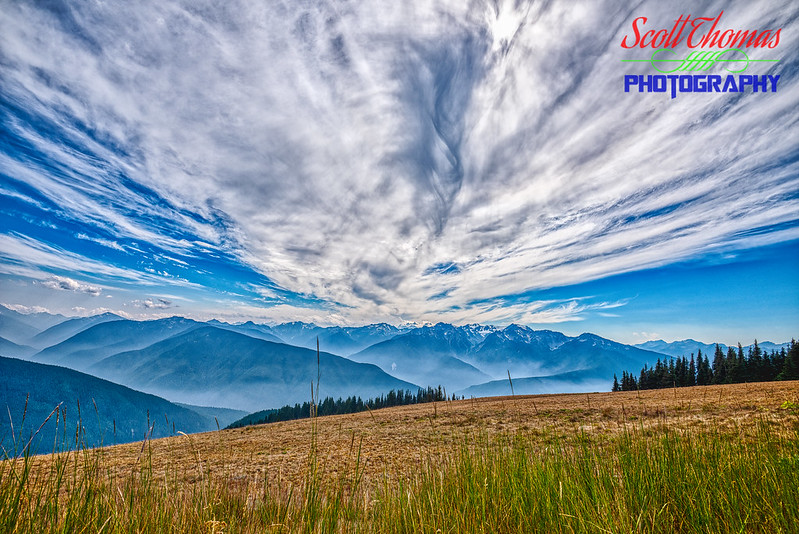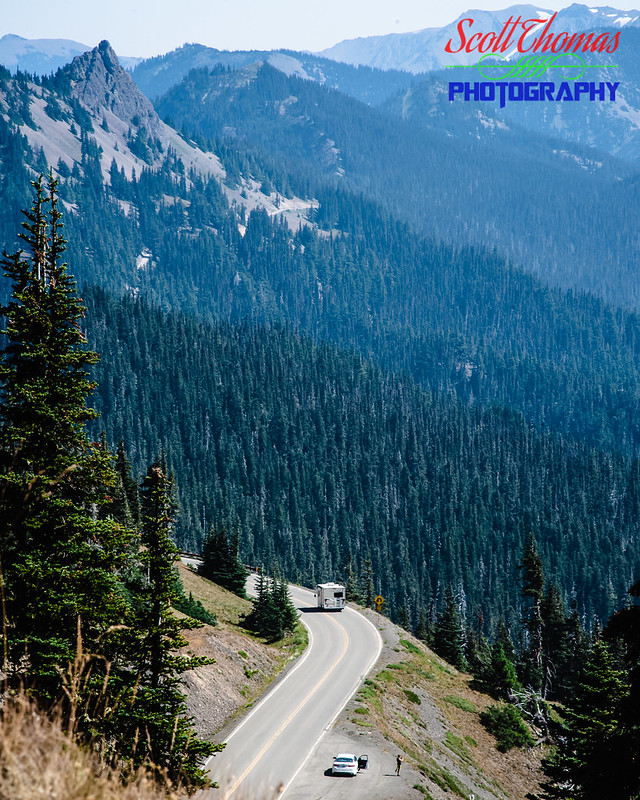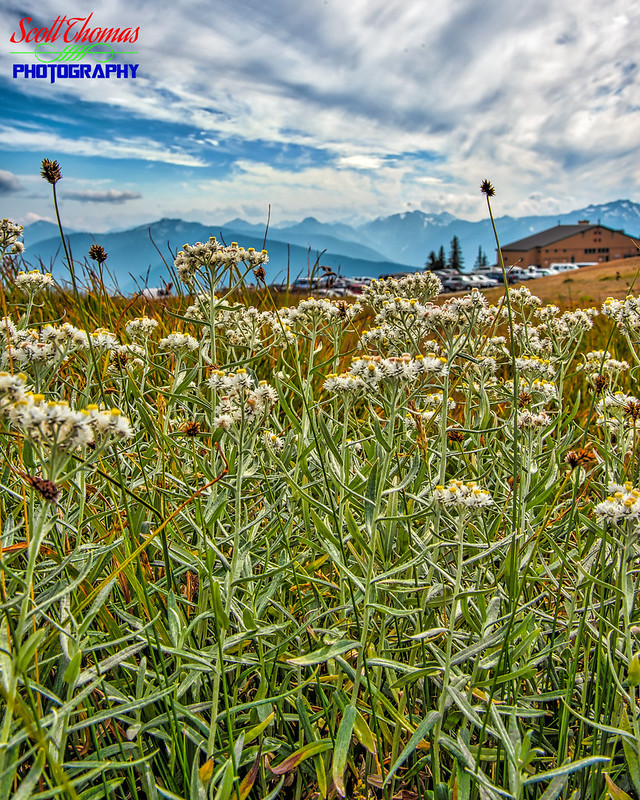Ruby Beach is the best known of all the Olympic beaches with its large and small mix of sea stacks which were molded by wind, surf and sand over hundreds of years. I was so looking forward to photographing beautiful sunsets there. However, between smoke from forest fires up and down the West Coast and coastal fog, I had to make do with low contrast scenes the first time I visited Ruby Beach.
I used various Lightroom processing methods and a couple of Skylum plug-in apps to pull out more details, colors and showing the moody atmosphere I found.
This sea stack made my wife say it looked like an animal. Perhaps a large male gorilla? Here I used a Skylum Intensity CK's Enhanced Landscape preset which I finished off in LR.
Nikon D750/16-35VR, 1/125s, f/16, ISO 400, EV 0, 26mm Focal Length.
Below is a comparison of a LR edit (left) versus a set of 5 photos (-2EV to +2EV) merged into an HDR image (right) using Skylum Aurora HDR 2018 app.
Again, I was using the Nikon 16-35mm VR lens. This time set at 24mm for both images with slightly different perspectives.
Below, I again used the Aurora HDR app to bring out the detail and color of the scene yet still show the fog on the beach.
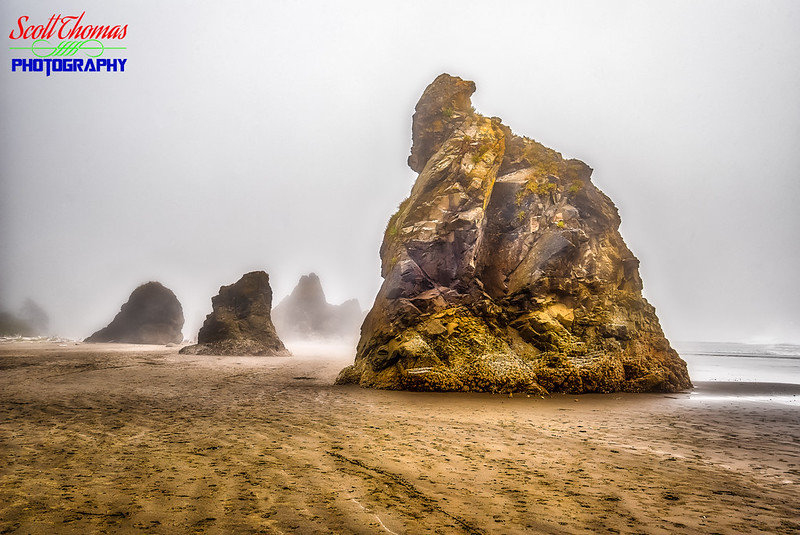
Ruby Beach Sea Stacks by
Scott Thomas, on Flickr
The trail leading down to Ruby Beach comes out next to piles of bleached driftwood and a large Sitka Spruce tree defying gravity on the other side of Cedar Creek.
Nikon D750/24-120VR, 1/125s, f/16, ISO 1100, EV 0, 52mm Focal Length.
It sure was a challenge photographing and processing the resulting photos. I have learned a lot about using Lightroom pre-sets from other photographers, LR graduated and radial filters and the Skylum apps.










